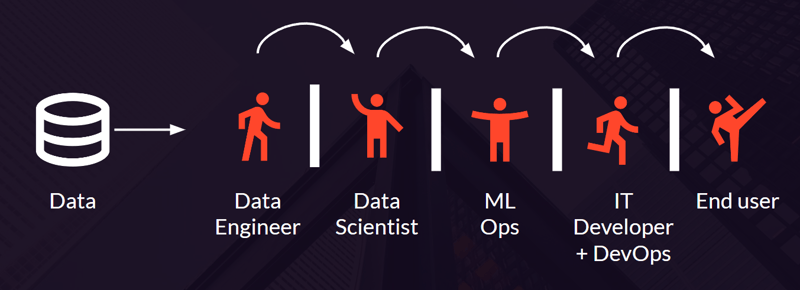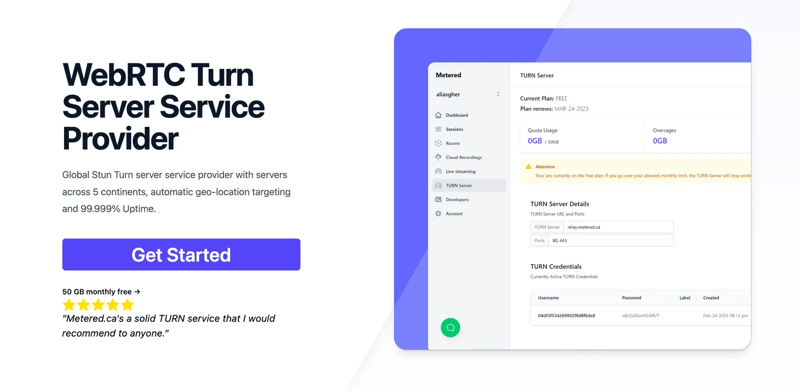In the burgeoning realm of AI and data science, the journey from conception to successful implementation is fraught with complexities. Despite AI’s transformative potential for organizations, the path to realizing its full benefits remains elusive for many.
As the CEO and co-founder of Taipy, my journey through the labyrinth of “smart software” projects has illuminated both the immense value these technologies offer and the significant hurdles that stand in the way.
The Roadblocks to AI Adoption:
The Chasm Between Potential and Implementation…
AI and data science promise to revolutionize industries, offering insights and efficiencies previously unattainable. Yet, outside the tech-savvy circles, many organizations struggle to navigate the AI landscape successfully. From data lakes to AI pilots, the quest for a substantial return on investment is often met with hurdles that impede progress.
Identifying the Gaps:
Overcoming Silos and Enhancing User Acceptance
Our focus at Taipy is not to dwell on the challenges but to spotlight solutions. Our analysis identifies two primary barriers:
Siloed environment of development teams
Elusive acceptance by end-users.
These challenges suggest a disconnect not only within the teams responsible for developing AI solutions but also between these teams and the end-users of these technologies.
Bridging the Divide: A Unified Approach
The first step towards overcoming these challenges is fostering a unified environment and language. Specialization has led to a fragmented landscape where data scientists, developers, and end-users operate in isolation. This disparity complicates collaboration and hampers the seamless integration of AI solutions into business processes.
Python emerges as a beacon of hope in this context. Its versatility and simplicity make it an ideal candidate for bridging the technological divide. Yet, the trade-off between ease of development and performance remains a stumbling block. Many Python libraries are available and provide an easy learning curve (including low code); unfortunately, they often suffer from performance issues and lack of customization.
This is where Taipy enters the scene, marrying the simplicity of Python with enhanced performance and customization capabilities, thus addressing the crucial need for a balanced approach.
Enhancing User Engagement: The Taipy Strategy
The second gap entails ensuring end-user acceptance. The success of AI initiatives hinges on their relevance and usability to the business users they are designed to assist. At Taipy, we’ve introduced innovative concepts like the ‘scenario’ feature, which facilitates interaction with AI models and enables a dynamic exploration of various outcomes, thereby enriching the user experience and fostering acceptance.
Taipy: A Solution to the AI Puzzle
Our dedication to making AI accessible and impactful has led to the development of Taipy Designer. This tool exemplifies our commitment to democratizing AI, making it approachable for data analysts and seamlessly integrating it into business processes.
Stay tuned for its release in a few weeks. Check our GitHub and star it if you do like our product.
Conclusion
As we look towards a future where AI’s potential is fully realized, it’s clear that tools like Taipy will play a pivotal role in bridging the gap between technological capability and practical application. By addressing the critical challenges of siloed development environments and user acceptance, we pave the way for a new era of AI-driven innovation.
Engage with us at Taipy, where we’re not just developing technology; we’re crafting the future of smart software.



